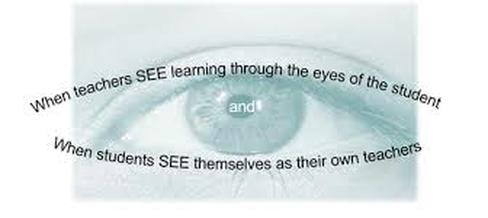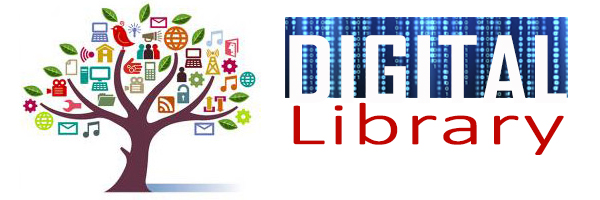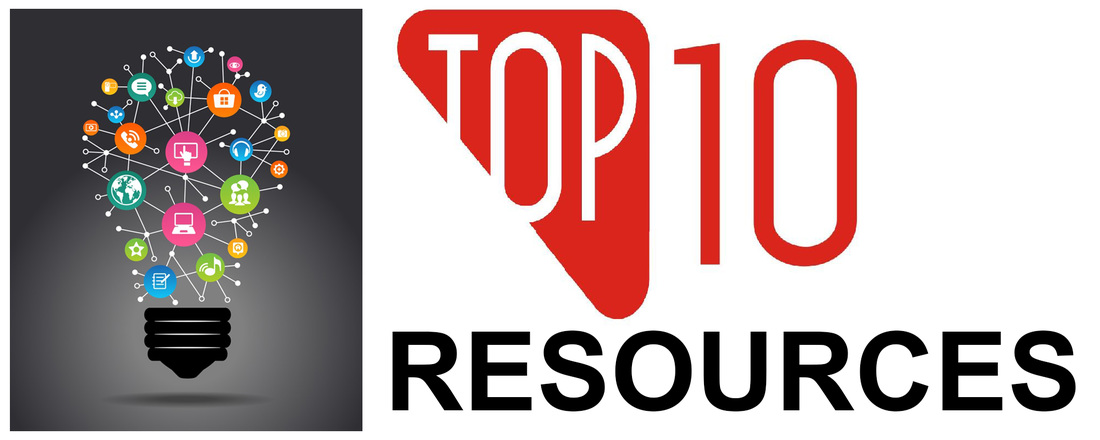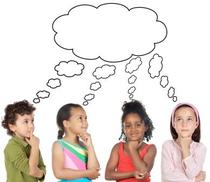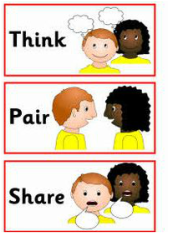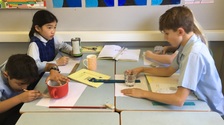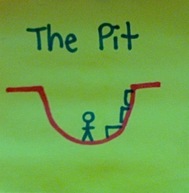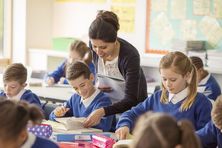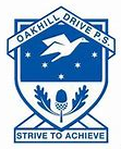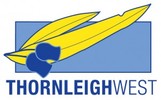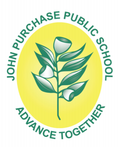-
What is it?
-
Why did we do it?
-
Question for reflection?
<
>
Creativity (which includes curiosity, intuition, imagination, originality, aesthetics and divergent thinking) is the intelligence where smart machines are at their very weakest read more (link)
The obligation of educators should be to prepare our children to be a strong contributors in the years ahead.
The nature of the future workplace is expected to be constantly changing, many will be doing more than one job at any given time and they may be very different kinds of jobs where learning is a constant. The curriculum will need to be structured in ways that reveal the big ideas in their core courses and demonstrate the power of the underlying conceptual structure to explain a wide range of phenomena.
The point of the teaching is not to provide basic facts but to build deep understanding, strong thinking skills and the ability to learn and communicate all kinds of things. People who have the kind of education just described will have an edge on intelligent machinery for years to come.
Marc Tucker,President of the National Center on Education and the Economy, Washington, DC USA, Distinguished Fellow at the Harvard Graduate School of Education.
The nature of the future workplace is expected to be constantly changing, many will be doing more than one job at any given time and they may be very different kinds of jobs where learning is a constant. The curriculum will need to be structured in ways that reveal the big ideas in their core courses and demonstrate the power of the underlying conceptual structure to explain a wide range of phenomena.
The point of the teaching is not to provide basic facts but to build deep understanding, strong thinking skills and the ability to learn and communicate all kinds of things. People who have the kind of education just described will have an edge on intelligent machinery for years to come.
Marc Tucker,President of the National Center on Education and the Economy, Washington, DC USA, Distinguished Fellow at the Harvard Graduate School of Education.
|
Key Learning Areas of Science & Mathematics, are we ensuring that our students have regular opportunities to:
|
"THE QUALITY TEACHING FRAMEWORK IN YOUR PROGRAM: WHAT DOES IT LOOK LIKE"
Your browser does not support viewing this document. Click here to download the document.
LIBRARY RESOURCE #7 "TALK PARTNERS"
Your browser does not support viewing this document. Click here to download the document.
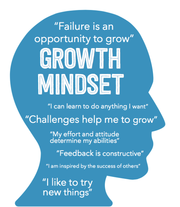
'We need to provide an environment where students are comfortable making mistakes and believe that they can get better at just about everything with effort and support.' Learn more: www.mindsetworks.com/ |
|
